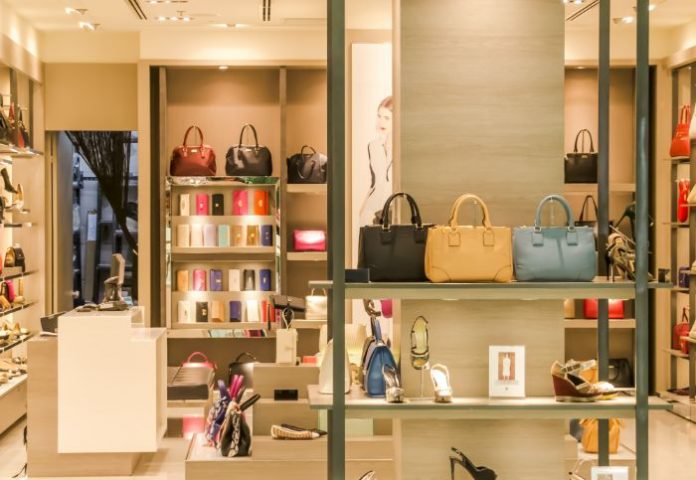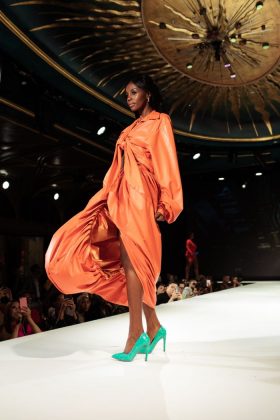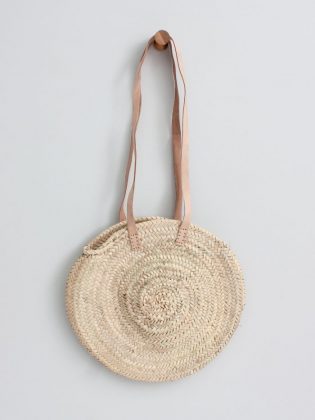The latest fashion trend isn’t about colors or a must-have style: It’s the concept of sustainable fashion and ethically sourced clothing. It’s a buzz word that everyone likes to say; however, few truly know about. Sustainable fashion is the future, and it’s here to stay – especially for environmentally conscious people across the world who are now paying attention to how their purchase affects the environment and the lifecycle of their garment. Founder of Boho style, Zehra Fattah Bani explains,”Sustainable fashion is an ecological alternative to the mainstream fashion we are used to.”
Today, more and more women not only pay attention to the quality of their garments, but also the entire production processes, and product afterlife. Whether their garments were made using sustainable methods or child labor are now significant deciding factors not to mention where it was made and how it was made.
Also, one of the biggest concerns in the fashion industry are clothes made cheaply to meet demands for the hot new styles – which is putting our future planet at risk. Many consumers are more aware that the word “sustainable” does not mean the retailer is using clean processes to develop that garment.
According to the experts, the most sustainable fabric is one that’s previously been used; anything new that has been produced – regardless of what material – harms the environment. Fabrics made with durable fibers are better than conventional ones, like organic fibers that use fewer chemicals and water, or Tencel that’s safer for workers and has less waste.
As a result, professional women are choosing garments and materials engineered to last longer. Some of the most sustainable materials are natural fibers (cotton, hemp, linen) and futuristic/innovative fabrics. Consumers are ditching cheap synthetics (polyester, nylon, spandex) which are not grown naturally, and instead come from chemicals and polymers. Unique eco designers, artisans and limited-edition fabrics are now in high demand as well as products that help to fight social injustice or climate change.
“Each of our items is sourced from materials that are organically sourced from villages in different countries such as India, Turkey, Morocco, Kenya, and we are working on expanding our network of artisans. We support not only the artisans but also their communities by purchasing their creations, promoting their work, and country of origin,” adds Bani.
Many consumers also realize that those cheap, wrinkle-free, quick-drying polyester items are readily available but end up holding on to bacteria and stink so fast you’ll be inclined to throw them away after just a few uses. They can also take up to 200 years to decompose.
As the world delves deeper into sustainable fashion, we realize that there are many other forms including the importance of making clothes in a more environmentally friendly manner, secondhand/vintage as well as renting or borrowing clothes as opposed to purchasing newly produced clothes. Whatever option you may want to consider, it’s essential to know that all strategies are promoting a more environmentally, socially and ethically conscious production and consumption – they are all crucial steps towards a more sustainable industry and future for our world.
 By Hermoine Macura-Noble
By Hermoine Macura-Noble
The first Australian English speaking News Anchor in the Middle East. She is also the Author of Faces of the Middle East and Founder of US-based 501c3 charity – The House of Rest which helps to ease the suffering of victims of war. For more from our Contributing Editor, you can follow her on Instagram, here.






















